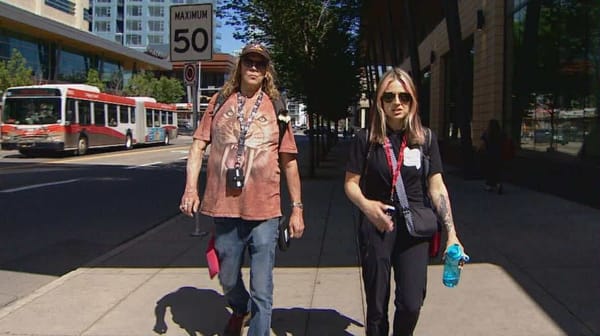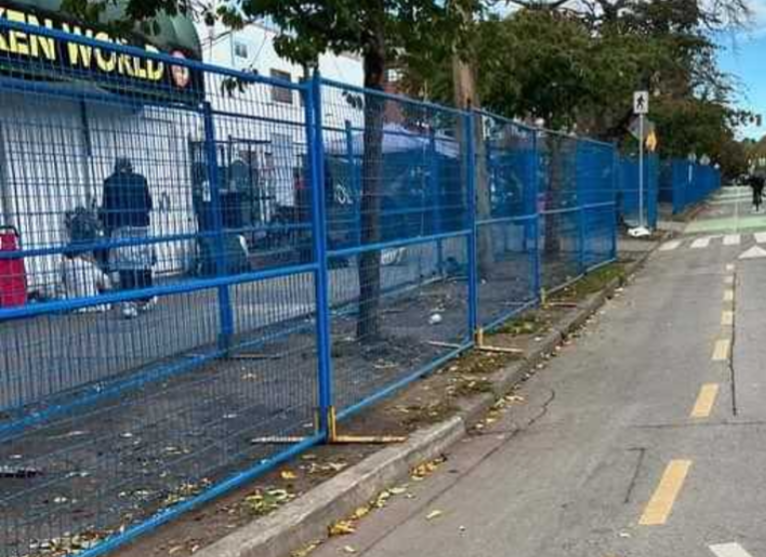Is Alberta UCP reinventing residential schools as addiction treatment?
Eleven 'therapeutic communities' are planned, many situated in First Nations, but possibilities of forced abstinence and forced labour evoke a horrific history.
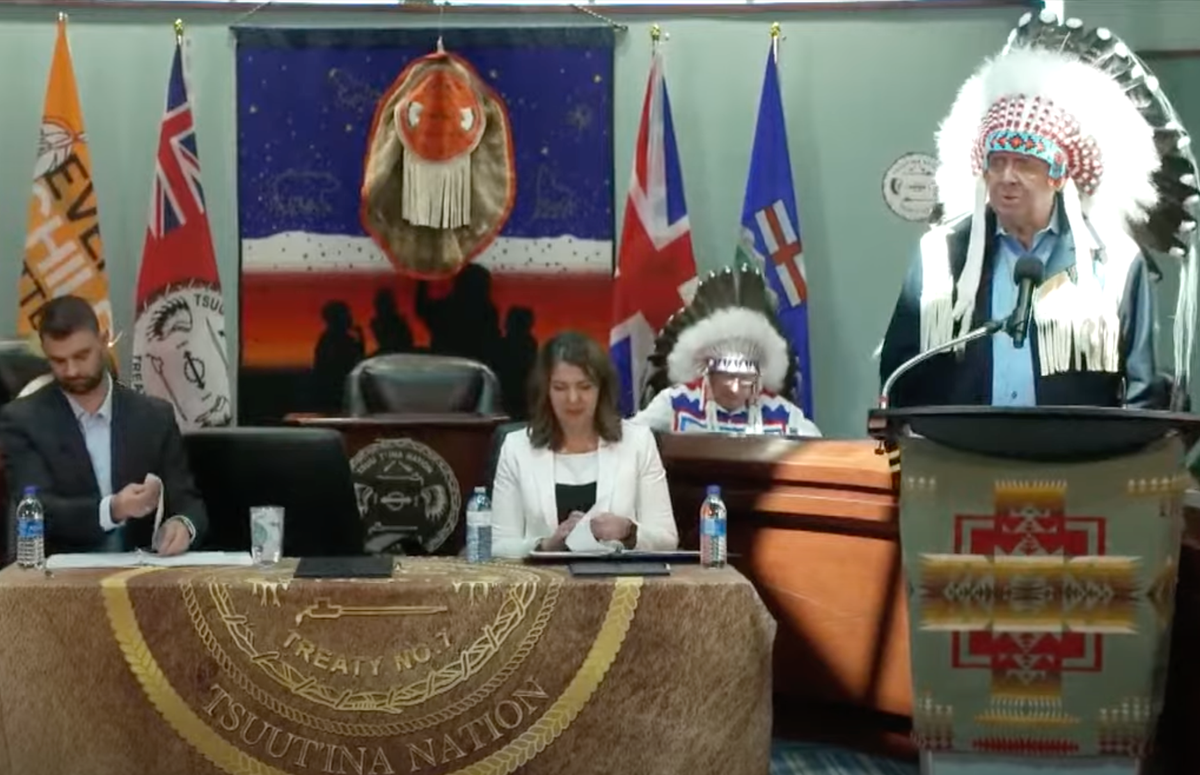
The UCP’s joint announcement with members of Tsuut’ina Council on July 5 outlined with scant details a new 75-bed addiction facility to be located on Tsuut’ina land.
The announcement revealed an astonishing lack of critical thinking by many Alberta journalists. With the exception of Dani Paradis with APTN and a journalist from Windspeaker, the media present were more interested in port strikes, battling Trudeau over emissions targets and the Didsbury tornado than the issue that prompted the announcement.
But some of us were watching. I was left with a series of questions that any number of media could have asked at the announcement instead of dithering about Trudeau.
- Who owns the facility? Will revenue be generated and if so, where does it go? Is there a private sector partner?
- Who controls the facility? Does Tsuut'ina decide who gets admission? Will there be pay-to-play line-skipping?
- What consultation was carried out with people in these First Nations? Were other options made available, such as outpatient treatment facilities, primary health care services, or harm reduction services including supervised consumption?
- What outcome data will be made public? The UCP have yet to release data on any health outcomes from existing addiction facilities. We don't even know how long the wait lists are.
- Will addiction program participants be subjected to “work therapy” as they are in addiction centres across the United States?
- Will these facilities be used to force people into abstinence through the Compassionate Intervention Act?
These questions evoke a sinister apparition: if we combine Premier’s chief of staff Marshall Smith’s alleged history of forced labour in addiction facilities with the UCP’s plan to expand police powers to force people into abstinence, we arrive full-circle back at Indian Residential Schools.
Residential schools were forced labour and Christian indoctrination camps for Indigenous children. We already know most ‘addiction treatment’ in Alberta comes with a heavy dose of Christianity. We also know the unhoused people who will be first in line for forced abstinence are predominantly Indigenous.

There is a growing rift between policy and reality in Alberta. While safe supply and supervised consumption programs continue demonstrating massive returns on investment, obtaining data on Alberta’s addiction centres is considerably harder than pulling teeth. We do know people are dying inside these facilities thanks to hard digging by The Progress Report. We do know people are dying after release from forced abstinence because it’s been carefully studied.
Meanwhile, the latest EMS dispatch numbers for opioid poisoning just dropped: the week of June 26 saw the highest-ever dispatch count by a margin of 22%, at 339 versus the previous week’s record-setting 277 EMS dispatches.
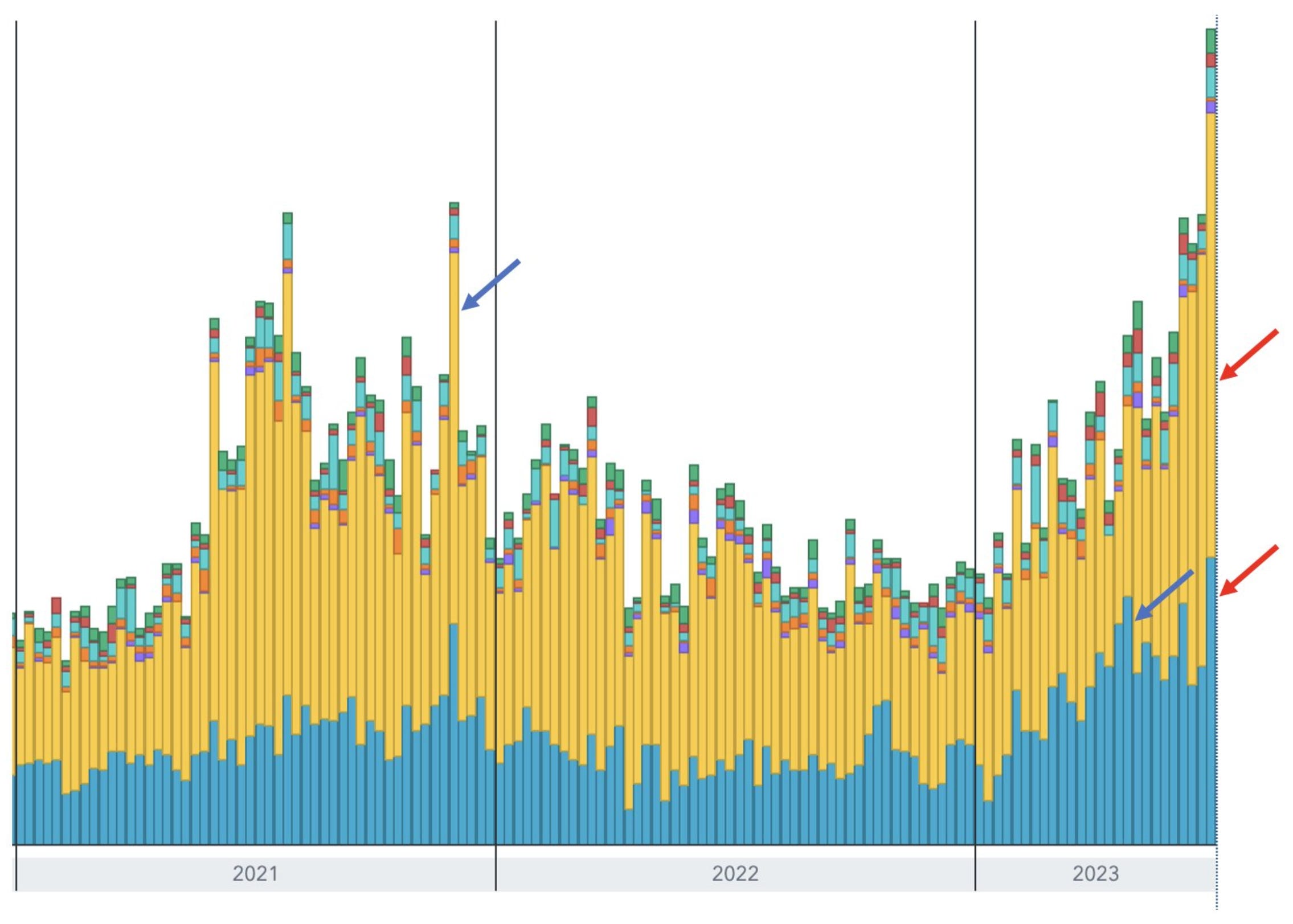
Make no mistake: the unregulated drug toxicity crisis is worse than ever in Alberta and there are no policies in place to help mitigate this. We don’t need mortality statistics to tell us how bad it’s getting. EMS has a near-perfect relationship with mortality. Or we could listen to folks at the front lines, like AAWEAR’s Brandy Myette and Lauren Cameron.
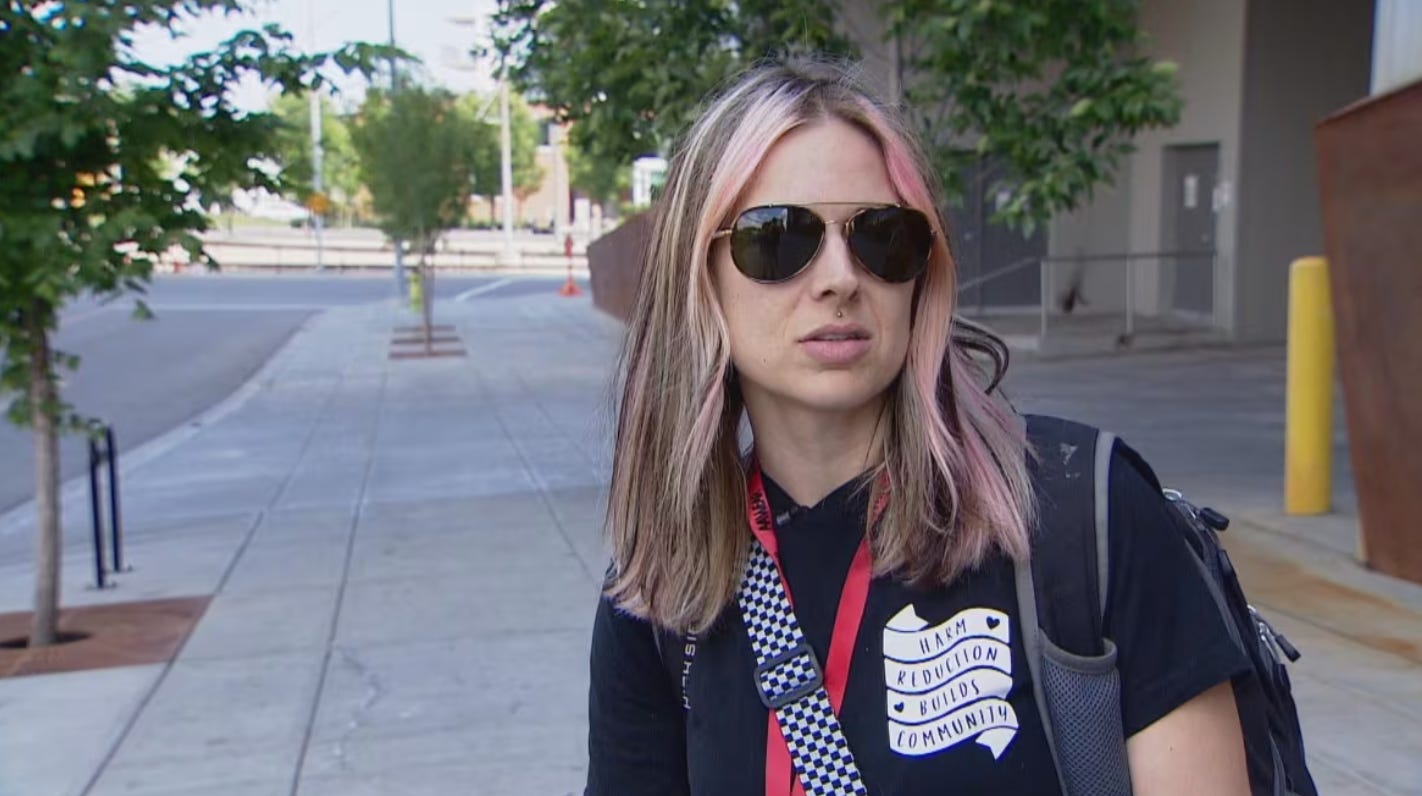
But the UCP’s continued insistence that they’re ‘in the middle of an 8-year plan’? Ridiculous, when you consider they don’t give any evidence to support that plan.
Instead of scoring on their own net with war drum banging about strikes in other provinces or federal emissions policy, perhaps members of the media could have these questions ready at the next announcement.



